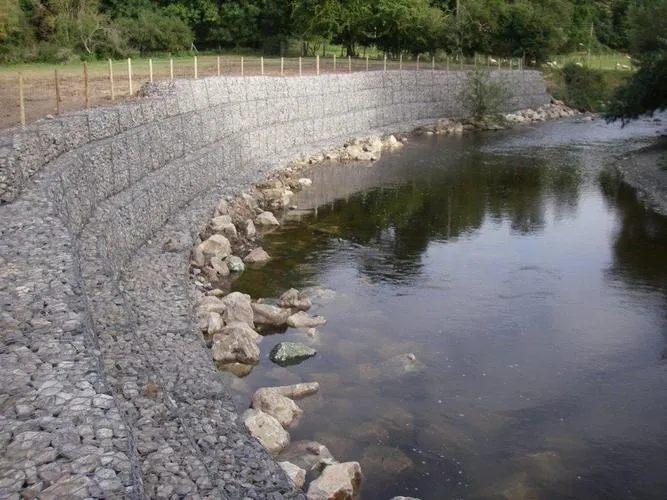-
 Phone:
Phone: -
 Email:
Email:

Tie Wire for Steel Applications in Construction and Manufacturing Projects
Understanding Tie Wire Steel Applications, Characteristics, and Benefits
Tie wire steel is a commonly used material in the construction and manufacturing industries, known for its versatility, strength, and flexibility. This article explores the characteristics, applications, and benefits of tie wire steel, highlighting its significance in various fields.
What is Tie Wire Steel?
Tie wire steel, often referred to simply as tie wire, is a type of steel wire that is predominantly used for tying, binding, or securing structural elements in construction projects. It comes in various gauges and finishes, allowing for a wide range of applications. The wire is typically made from high-quality carbon steel, which provides excellent tensile strength and durability.
The primary feature of tie wire is its malleability, allowing it to be easily bent and shaped to meet specific needs. It can be produced in both galvanized and black finishes, with galvanized wire offering enhanced corrosion resistance, making it suitable for outdoor applications.
Key Characteristics
1. Strength and Durability Tie wire steel is engineered to withstand significant tension and pressure, making it ideal for heavy-duty applications. Its tensile strength is crucial in construction, where structural integrity is paramount.
2. Malleability The ability to bend and twist without breaking makes tie wire an excellent choice for applications requiring intricate binding or tying of materials.
3. Corrosion Resistance Galvanized tie wire is coated with a layer of zinc, providing protection against rust and deterioration when exposed to moisture and environmental elements.
4. Cost-Effectiveness Tie wire steel is relatively inexpensive compared to other materials, making it an economical choice for construction projects.
Applications of Tie Wire Steel
tie wire steel

1. Construction Industry Tie wire is widely used in the construction of buildings, bridges, and other infrastructures. It is often employed to bind rebar in concrete work, ensuring that the rebar framework remains stable and secure during the pouring and curing of concrete.
2. Fencing Tie wire is also utilized in the creation of fences, providing a strong and stable structure. It can secure chain-link fences and other types of fencing materials, helping to maintain safety and privacy.
3. Agriculture In agricultural settings, tie wire is frequently used to support plants, secure bales of hay, or tie together trellises. Its adaptability to various farming needs makes it an invaluable tool.
4. Crafting and DIY Projects Beyond industrial uses, tie wire steel is popular among crafters and DIY enthusiasts. Its flexibility and strength enable various creative applications, from home decor projects to structural support in craft items.
Benefits of Using Tie Wire Steel
- Ease of Use Tie wire is lightweight and easy to handle, making it user-friendly for both professionals and amateurs. - Versatile Applications Its wide range of uses across different industries ensures that there are countless scenarios in which tie wire steel can be applied.
- Environmental Considerations Many manufacturers of tie wire steel are adopting sustainable practices in their production processes, contributing to a more eco-friendly construction industry.
- Strengthens Projects By providing additional stability to structures and components, tie wire enhances the overall safety and reliability of projects.
Conclusion
Tie wire steel is an essential material within the construction, agricultural, and crafting sectors due to its remarkable strength, versatility, and cost-effectiveness. As industries continue to evolve, the demand for reliable and durable materials like tie wire steel is likely to grow. Understanding its characteristics and applications can help users maximize its benefits, ensuring successful and safe outcomes in various projects. Whether you are a professional contractor or a DIY enthusiast, tie wire steel is a valuable resource that can help you achieve your goals with confidence.
-
Wire Mesh for Every Need: A Practical SolutionNewsJul.25,2025
-
Steel Fences: Durable, Secure, and Stylish OptionsNewsJul.25,2025
-
Roll Top Fencing: A Smart Solution for Safety and SecurityNewsJul.25,2025
-
Cattle Farm Fencing Solutions for Maximum SecurityNewsJul.25,2025
-
Affordable Iron Binding Wire SolutionsNewsJul.25,2025
-
Affordable Galvanized Wire SolutionsNewsJul.25,2025
-
Wire Hanger Recycling IdeasNewsJul.25,2025








